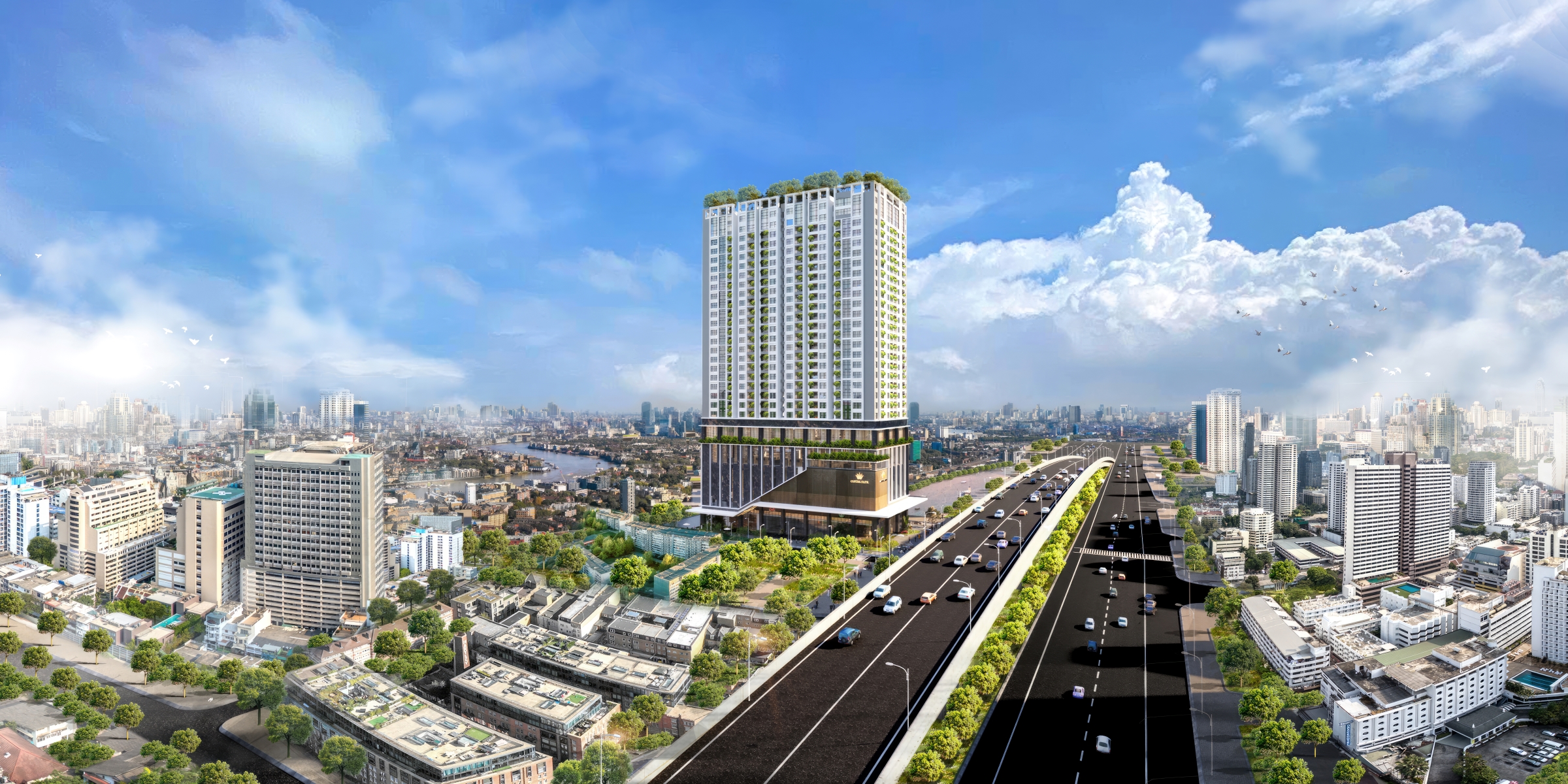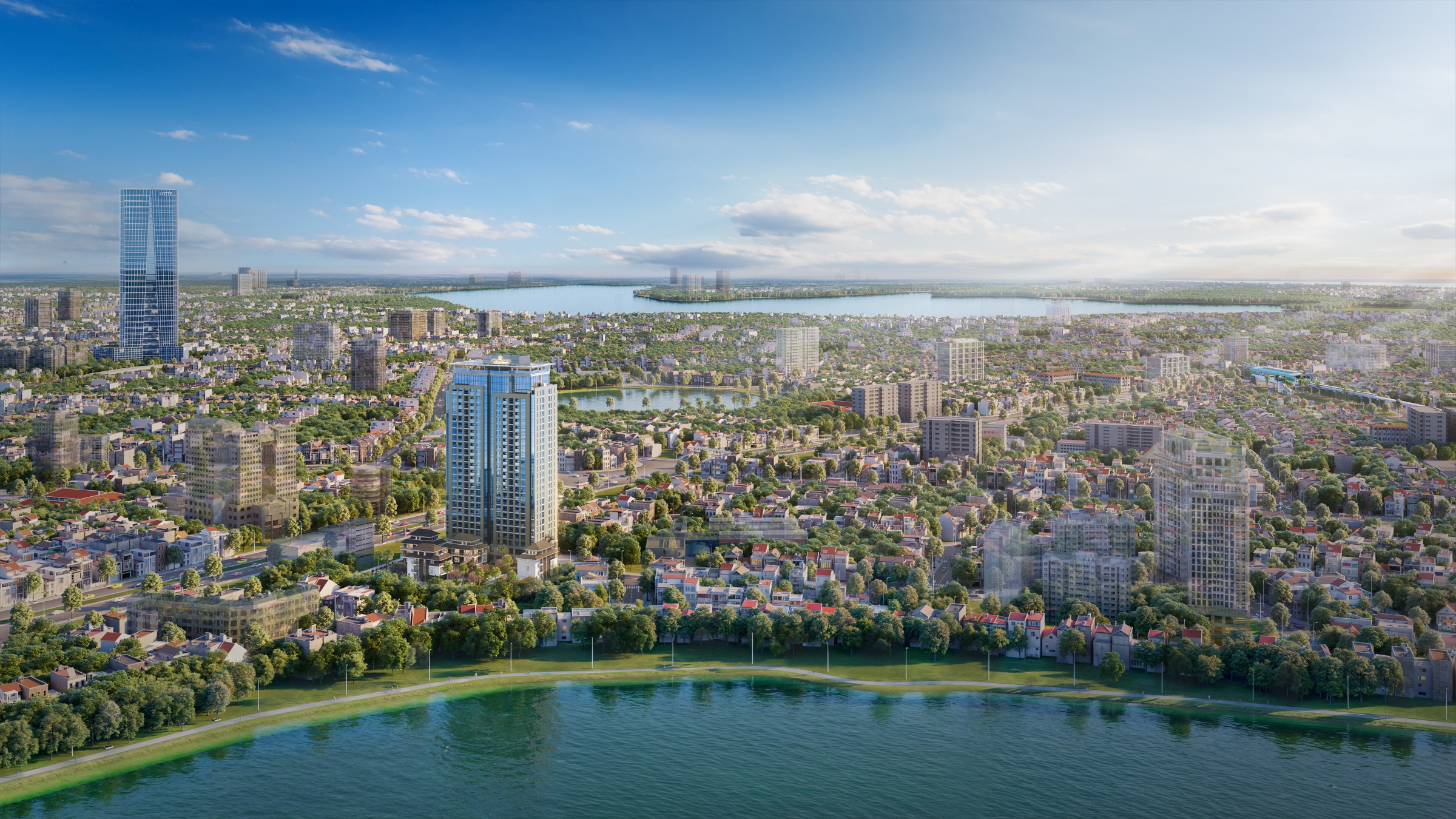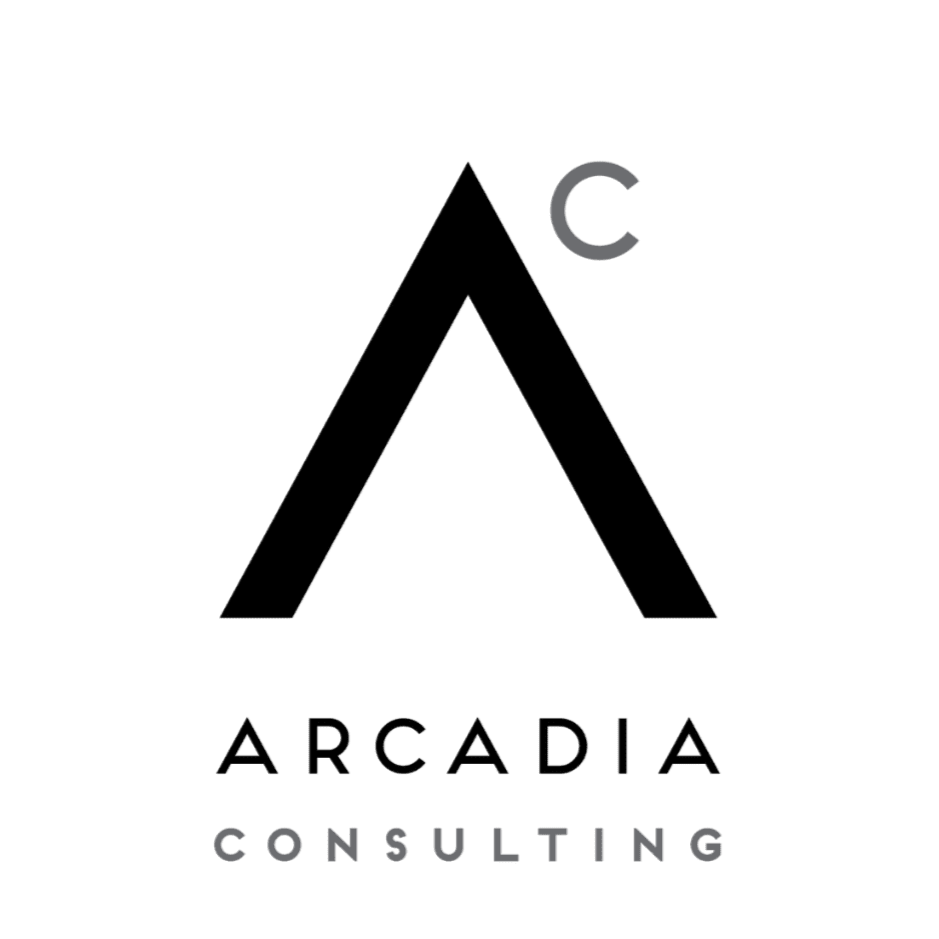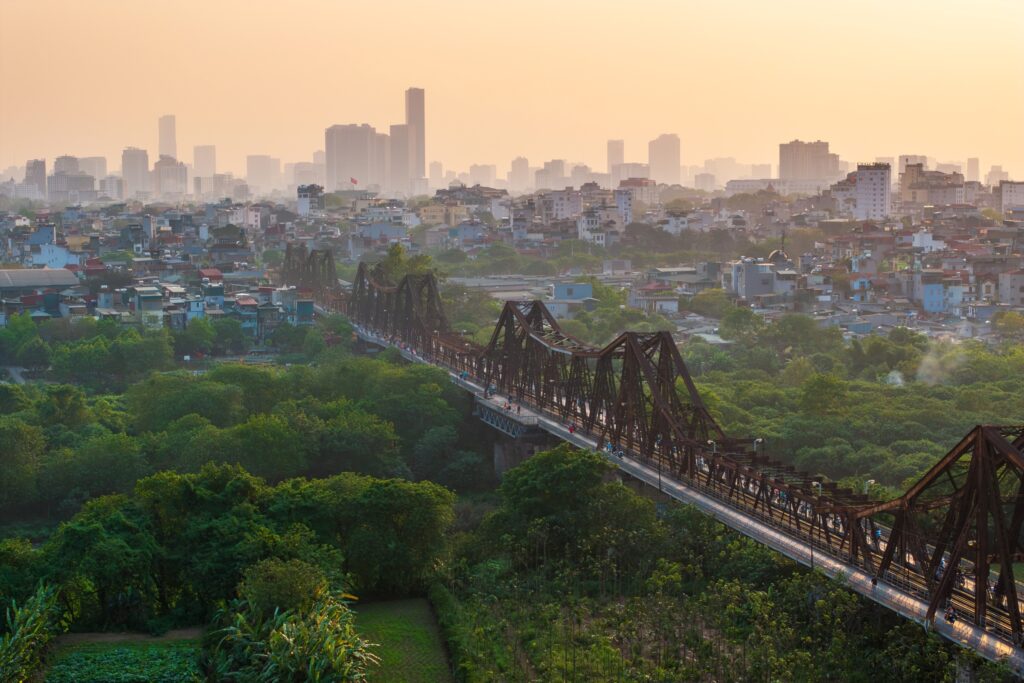VIETNAM’S APARTMENT FEE REGULATIONS: WHAT FOREIGN LANDLORDS NEED TO KNOW
On April 21, 2025, the Hanoi Capital City People’s Committee has issued a new policy setting price bands for apartment management fees, an important move for anyone investing in residential rental units. The regulation formalizes how much can be charged for operating and maintaining apartment buildings in the city, but the impact for foreign investors depends on the fine print.
Buildings without elevators can now charge between 700 and 5,000 VND/sqm/month for basic management services. For buildings with elevators, the range is 1,200 to 16,500 VND/sqm/month. These prices cover routine services including security, cleaning, electricity for common areas but do not include premium amenities like pools, internet or cable TV. Those are separate, often unregulated, and negotiated at the building level.
Not all buildings fall under these rules. The regulation excludes government-owned apartments that have not been renovated, worker or student dorms, and any building where service fees have already been contractually agreed on or voted through by residents. That last group likely includes many mid-to-high-end projects where investors are active today. In short: do not assume you are protected by the fee cap; check the contract.
The regulation allows for price adjustments over time. If wages, fuel, or material costs rise, local authorities have the power to revise the price bands. That introduces variability. If you are running a rental business based on fixed costs, you will need to account for some movement here. There is no price freeze.
Oversight is being pushed to the local level. District committees will inspect how fees are charged and spent, especially in publicly owned properties. For investors, this creates a more structured environment with more administrative layers. If you are managing remotely, or do not speak the language, having a reliable local partner is essential not only to collect rent, but also to stay compliant and informed.
What is often missed in conversations about fees is how they are actually decided. In most buildings, final service prices are approved through a vote by apartment owners. As a landlord, you have a say but only if you show up (or appoint someone who can). If you are passive, you may end up footing a larger bill or accepting poor service. Engagement is a crucial part of managing your investment.
Big picture: this policy is putting structure around a market that has grown fast and informally. For serious investors, that is a welcome shift. You now have benchmarks, and there is a mechanism for dispute resolution if something goes wrong. However, due diligence, contract and local representation still matter. If you are holding or acquiring units in Vietnam, this is the right moment to review your cost assumptions. Revisit your management agreements. Ask how fees are set in the building. And make sure someone is watching your position, not just your tenants.

ARCADIA CONSULTING VIETNAM: ON THE GROUND EXECUTION FOR FOREIGN INVESTORS
Vietnam’s residential property market continues to attract foreign interest. While capital is the easy part, managing the asset is where most investors stumble. The country’s rental sector is promising but still fragmented. Without a local team that knows how to operate in this environment, even well-located assets can underperform.
Residential services by Arcadia Consulting Vietnam are designed for foreign landlords who need eyes, hands and judgment on the ground. We handle leasing, tenant relationships, maintenance, compliance and reporting, all of which are structured to protect income and preserve asset value over time. As our approach is disciplined, we prioritize stable tenants such as corporate leases, expats and long-term professionals. Vacancy stays lower. Costs are controlled. And decisions, especially the ones that affect yield, are made with local context and investor alignment.
DISTRICT INTELLIGENCE: WHERE FOREIGN TENANTS ACTUALLY LIVE IN HANOI
For foreign landlords and institutional investors targeting Hanoi, the rental landscape has shifted post COVID-19, shaped by infrastructure upgrades, international school access, decentralization of office space and lifestyle expectations. The traditional districts still matter, but the reasons they perform are evolving. Today, Ba Dinh, Tay Ho and Cau Giay anchor most of Hanoi’s foreign tenant demand, while Hoan Kiem, long the symbolic center, plays a more specialized role. For further updates and professional insights on the investment potential of Vietnam real estate market, residential leasing and asset management services by Arcadia Consulting Vietnam, reach us at rs@arcadia-consult.com.vn

Ba Dinh has always been central. Today, it is more than just proximity to embassies and government offices. The continued demand at Lotte Hanoi, Vinhomes Metropolis and Lancaster Luminaire reflects a tenant base that is more Asian, more corporate and more contract-driven. Japanese, Korean and Singaporean professionals anchor this district, often on 2–3 year postings with housing budgets structured through employers. For landlords, Ba Dinh offers pricing power and occupancy predictability, but product-market fit matters. Fully furnished, high-spec units outperform here. Investors looking for low-vacancy urban rentals with mid-to-high range budgets should be paying attention to this segment.
Tay Ho remains the preferred district for many Western expats, yet its edge is now beyond the lake views or diplomatic presence. The core value here is livability: spacious housing stock, access to top-tier international schools (United Nations International School of Hanoi, Hanoi Academy International Bilingual School) and a walkable, low-density layout that appeals to families and mid-to-senior executives. Notable serviced apartments and villas include Ciputra, Fraser Suites, Somerset West Point and now Heritage West Lake. If you are an investor looking at long-term rental performance tied to diplomatic or education-linked tenants, this is still the most defensible part of the market.
Cau Giay is now transitioning from domestic suburb to international enclave. The shift is driven by the rise of tech parks, education zones and new mixed-use developments. You may find a younger, more mobile tenant here including digital professionals, educators, startup employees and early-stage multinationals. Rental stock is a mix: mid-rise serviced apartments, newer high-rises like The Zei and Epic Tower, and strong performers like Vinhomes D’Capitale on the district border. Samsung’s Shilla Monogram Hanoi is slated for completion by late 2025 at Starlake, a master-planned urban zone straddling Tay Ho, Cau Giay and Bac Tu Liem, marking the next phase of westward residential and diplomatic expansion.

